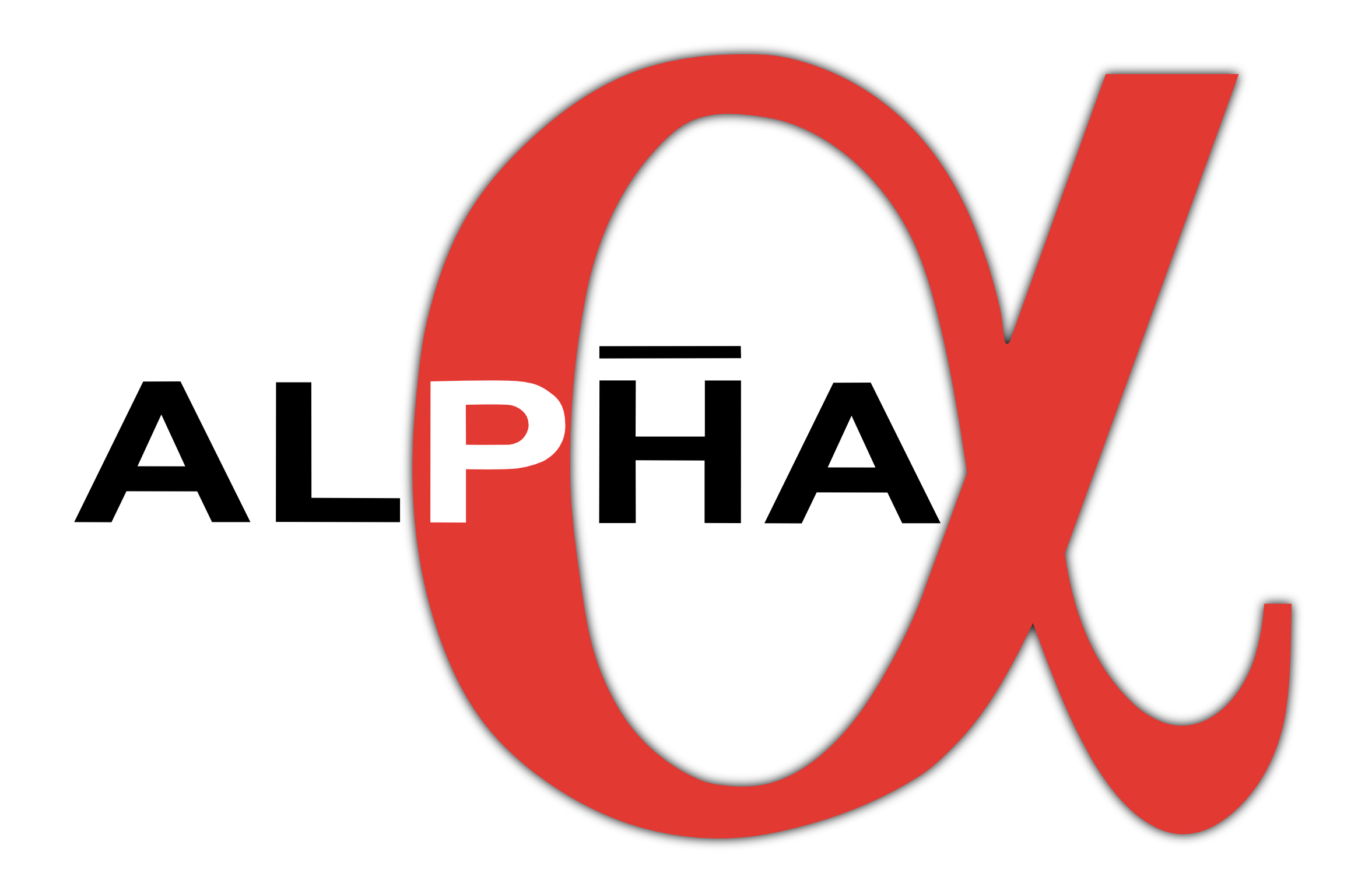Annihilation Process

Annihilation of an antiproton and a proton
When an antiproton and a proton come into contact, they will annihilate into a range of subatomic particles. The antiproton and the protons are destroyed. Above shows a typical example of the annihilation process. However, the annihilation products can include different numbers or selections of pions, some are statistically more common than others.
The pion annihilation products are given so much energy from the annihilation that they move at relativistic speeds, that is to say, at speeds near the speed of light. Subatomic particles moving at these high speeds, can actually pass through solid materials (including our detectors). This allows us to put the particle detector systems outside of the main apparatus, then measure the path the subatomic particles have taken, just like in the LHC.
We can either design our detectors to precisely measure their paths (see TPC and SVD), or to efficiently count or measure the energy of the particle (see Scintillators).
Detection
Our detectors are sensitive to all charged subatomic particles passing through them, unfortunately, the annihilations from the experiment are not the only source of them so we have background counts:
“Cosmic rays” are subatomic particles that originate from the upper atmosphere. High energy particles from space collide with particles in the upper atmosphere, generating high energy subatomic particles, typically Muons. Just like the pions, they are going so fast that they will travel straight through solid material, they are going through you right now! Our tracking detectors see these muons as tracks that come from above the experiment. These cosmic muons are a source of background in any of our measurements, so we must remove them from our data set algorithmically, applying machine learning to solve this problem for us.
